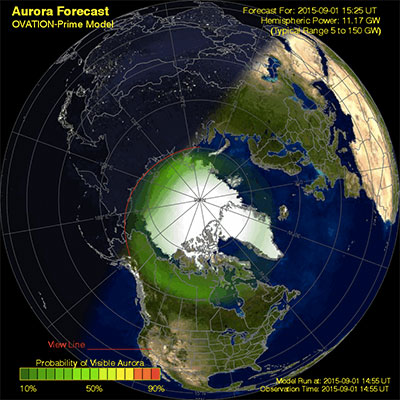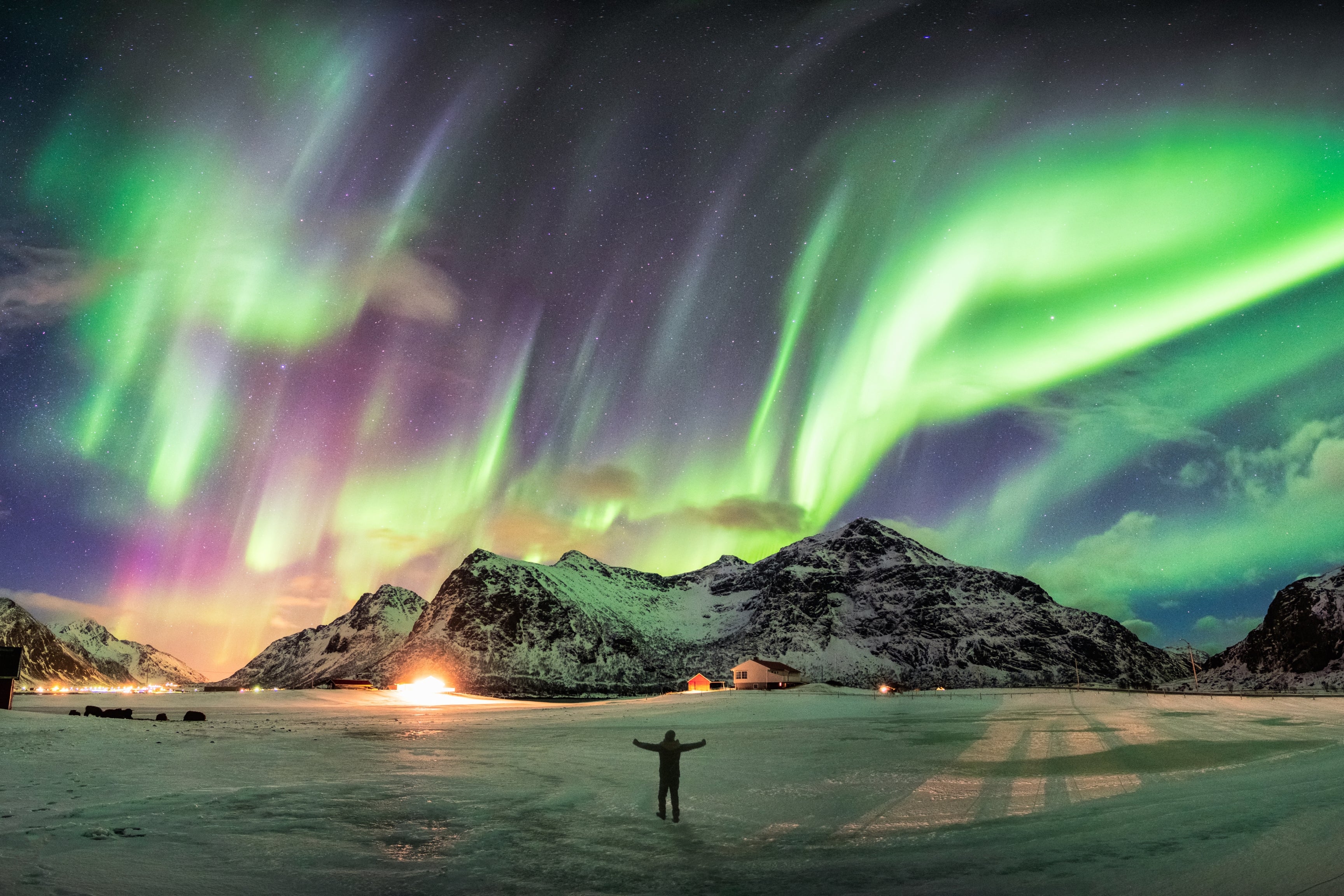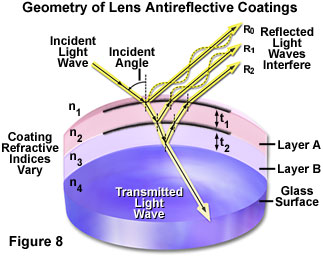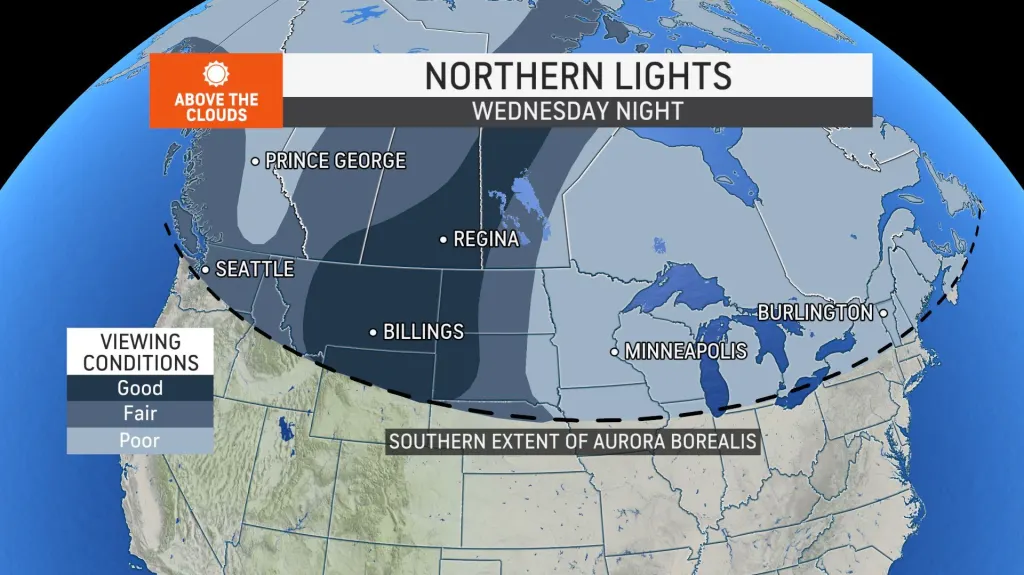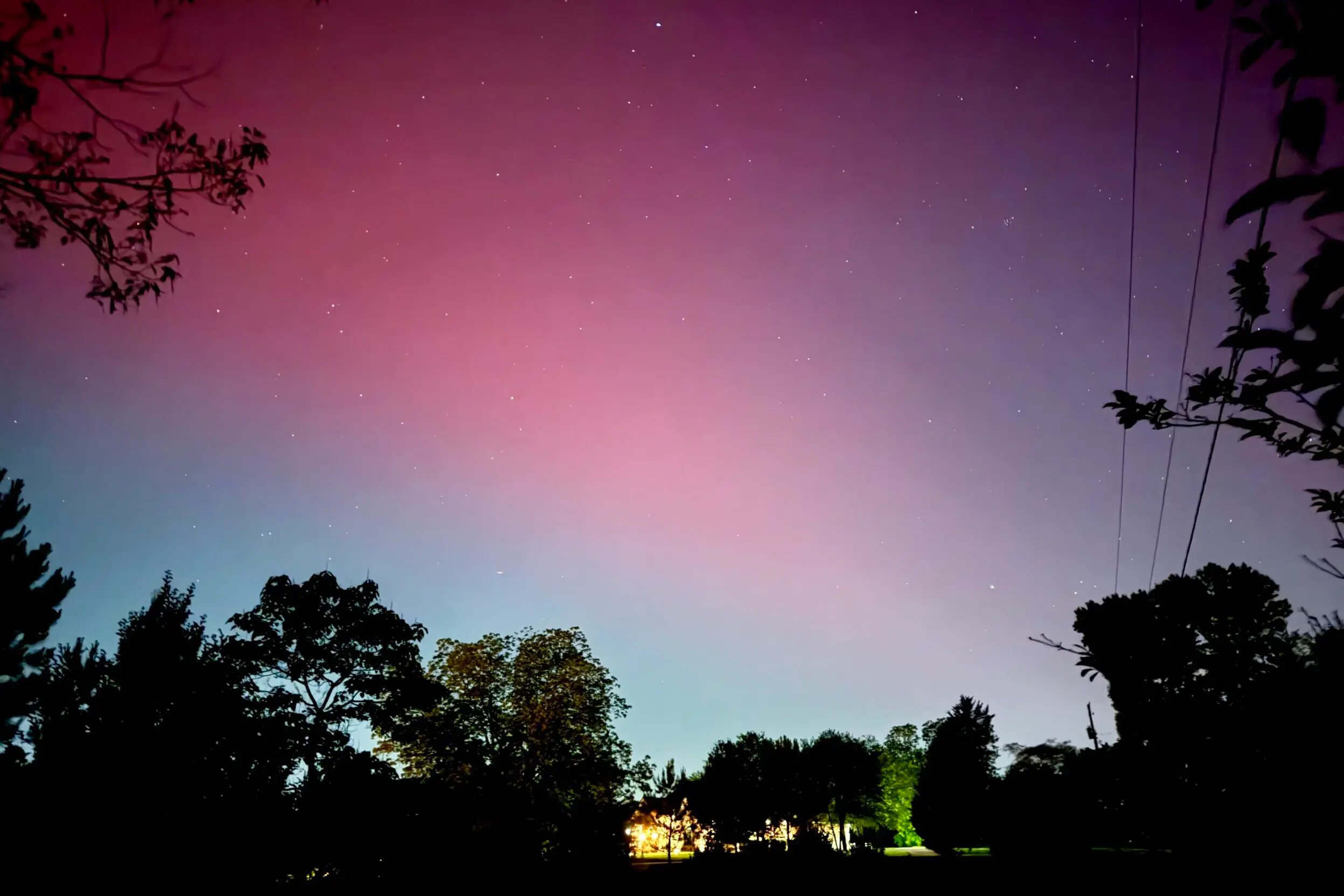During May and October, when aurora displays were visible all around the world, did you spot the Northern Lights? According to a professional aurora chaser who can forecast the appearance of spectacular aurora displays almost minute by minute, it may be the beginning of the Northern Lights being seen across the U.S. and Europe, and far beyond, on several more occasions.

The auroral oval can bulge during extreme geomagnetic conditions, usually when coronal mass ejections (clouds of charged particles ejected from the sun) arrive at Earth one after the other or in tandem. Displays may then be seen as far north and south. Aurora is normally seen in polar regions at about 70 degrees north and south latitudes.
Geomagnetic Storms Cause the Northern Lights
Higher numbers on the Kp index, which gauges geomagnetic activity, correspond to more powerful solar storms that produce auroras. Wil Cheung, who provides his followers with extremely accurate aurora alerts on his well-known Wil Photography channel on Facebook and Instagram, stated in an interview that “if you look back at decades of data, you will find that in the typical solar maximum period, when the sun is at its most active over a three- to four-year period, you get about 10 powerful Kp 8 and Kp 9 storms.” “However, this cycle has only seen two or three Kp 8 and Kp 9 storms thus far.”
NOAA states that “the aurora will move more towards the equator, and it will become quite brilliant and active” during a Kp 8 to Kp 9 storm. The broad auroral oval will be visible to most people during these occasions, which produce the best aurora. The northern U.S. states may be able to see the aurora straight overhead at these levels.
“The aurora will shift even further from the poles and become quite brilliant and active,” according to NOAA, referring to the considerably more frequent Kp 6 and Kp 7 storms. It may be feasible to view the aurora from the northern border of the United States at this level of geomagnetic activity.
Solar Maximum in the Northern Lights
The sun approaching solar maximum, a high in the 11-year solar cycle, is the cause of the recent rise in aurora displays at more southern latitudes. With a greater likelihood of severe geomagnetic storms over the next six months to a year, this solar maximum is intensifying and increasing the frequency of Northern Lights displays. We are witnessing more pronounced Northern Lights at lower latitudes than we have for many decades since this solar maximum is more strong than the last one in 2013.
According to Cheung, the breathtaking light displays that enthralled spectators in May and October of this year are only the start. “Some people would be shocked to learn that the events in May and October weren’t isolated incidents; there might be five or six more in the future,” he stated. Comparing geomagnetic storm data from earlier solar cycles provides such knowledge.
Forecasting the Northern Lights in Real Time
Over the last ten years, Cheung has witnessed the Northern Lights an incredible 370 times, which has sharpened his aurora forecasting skills. He emphasized the importance of thorough planning and preparation, saying, “The first thing to recognize about the Northern Lights is that it’s not something you can literally just walk out of your house and stare up by complete coincidence.
Cheung receives minute-by-minute forecasts for aurora activity spikes, but he also depends on real-time data from satellites and specialized apps. How? First and foremost, it is important to understand that NOAA’s Aurora Dashboard, which contains geomagnetic storm forecasts, is based on models rather than real-time data.
Crucial Moments in the Northern Lights
Knowing when a CME reaches Earth and starts interacting with the atmosphere is crucial for predicting when a geomagnet storm will start and how severe it will be. NASA’s DSCOVR and ACE satellites, which circle the Earth at a distance of around one million miles, are the only source of advance warning space weather forecasts. In order to determine how the solar wind is going to change, they monitor the speed and magnetic intensity of a CME. The satellites provide a 15–30 minute notice of a major space weather event and the aurora displays that would follow, depending on the speed of the CME.
As a result, it is possible to foresee in real time just a few minutes before it occurs. “There are important times to be outside during the aurora’s stages cycle,” Cheung stated. It’s difficult to be at the right position at the right moment, but satellites can help us predict it in real-time. You also need clear sky, low light pollution, and eyes that can see in the dark. You shouldn’t expect to see the Northern Lights. But if they are predicted to arrive in your area, Cheung’s stream, which mostly targets people in the United Kingdom, has some quite precise forecasts.
Top Locations And Times To See The Northern Lights
Traveling north in the northern hemisphere between September and March (when there is enough darkness) is the greatest and most dependable way to observe the Northern Lights, even with the rush of aurora at southern latitudes.
Alaska, Greenland, northern Canada, and northern Scandinavia (Iceland, Sweden, Finland, and Norway) are the top travel destinations. Cheung stated that the auroral oval is located there and that recent “mega storms” are still comparatively uncommon. “You really must travel north if you want to increase your chances of seeing the Northern Lights. The best months to travel are September and March, which are around the equinoxes.
What actually causes the light?
The sun. The lights are caused by the interaction between the Earth’s magnetic field and charged particles from the sun’s atmosphere that enter the earth’s atmosphere. A solar flare (energetic particles from the sun) floats through space on the solar wind, eventually penetrating the Earth’s magnetic field.


:max_bytes(150000):strip_icc()/TAL-northern-lights-SOLARMAX0124-a4a1d62e9991474183434a3d2a670217.jpg)
